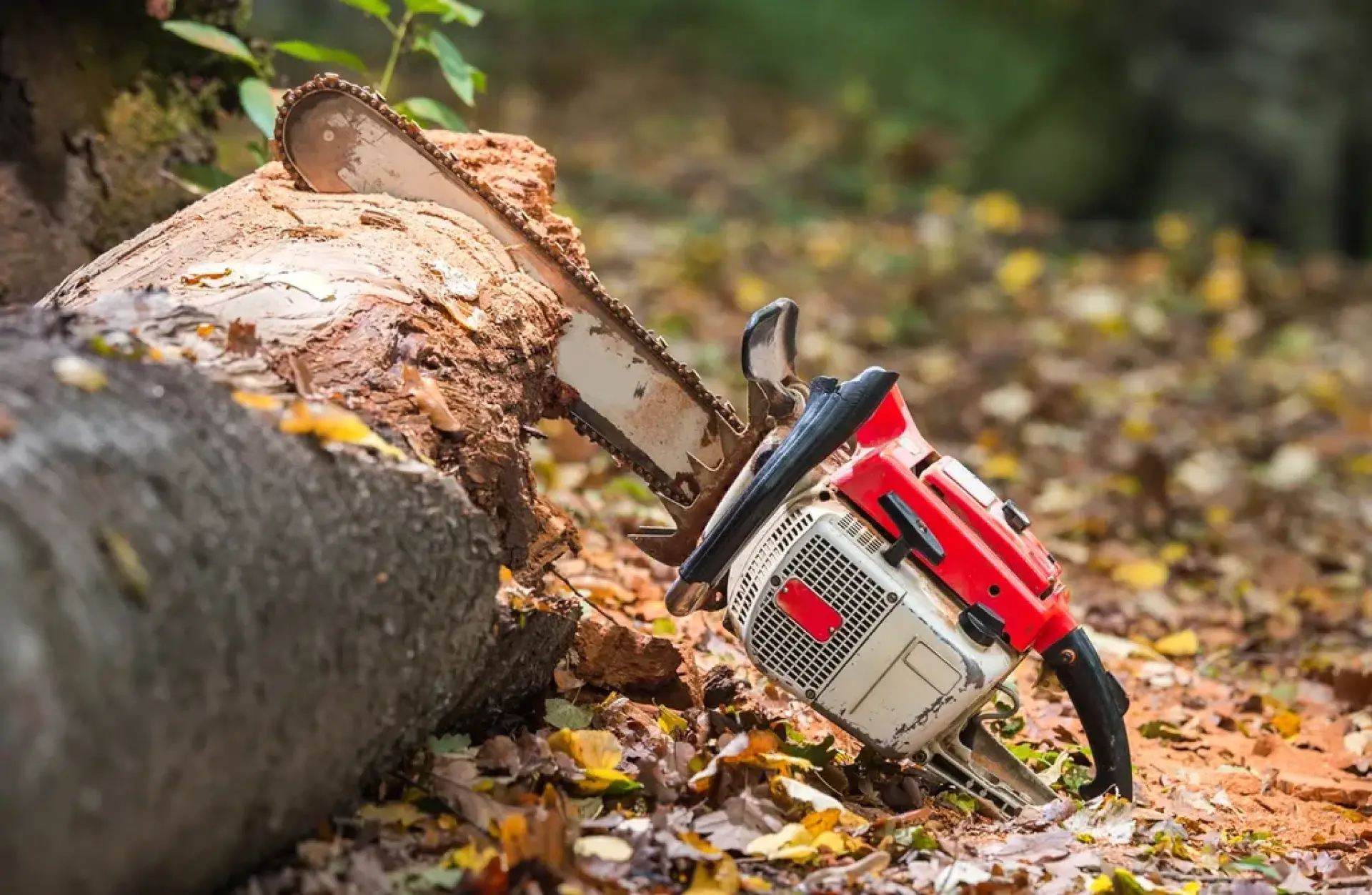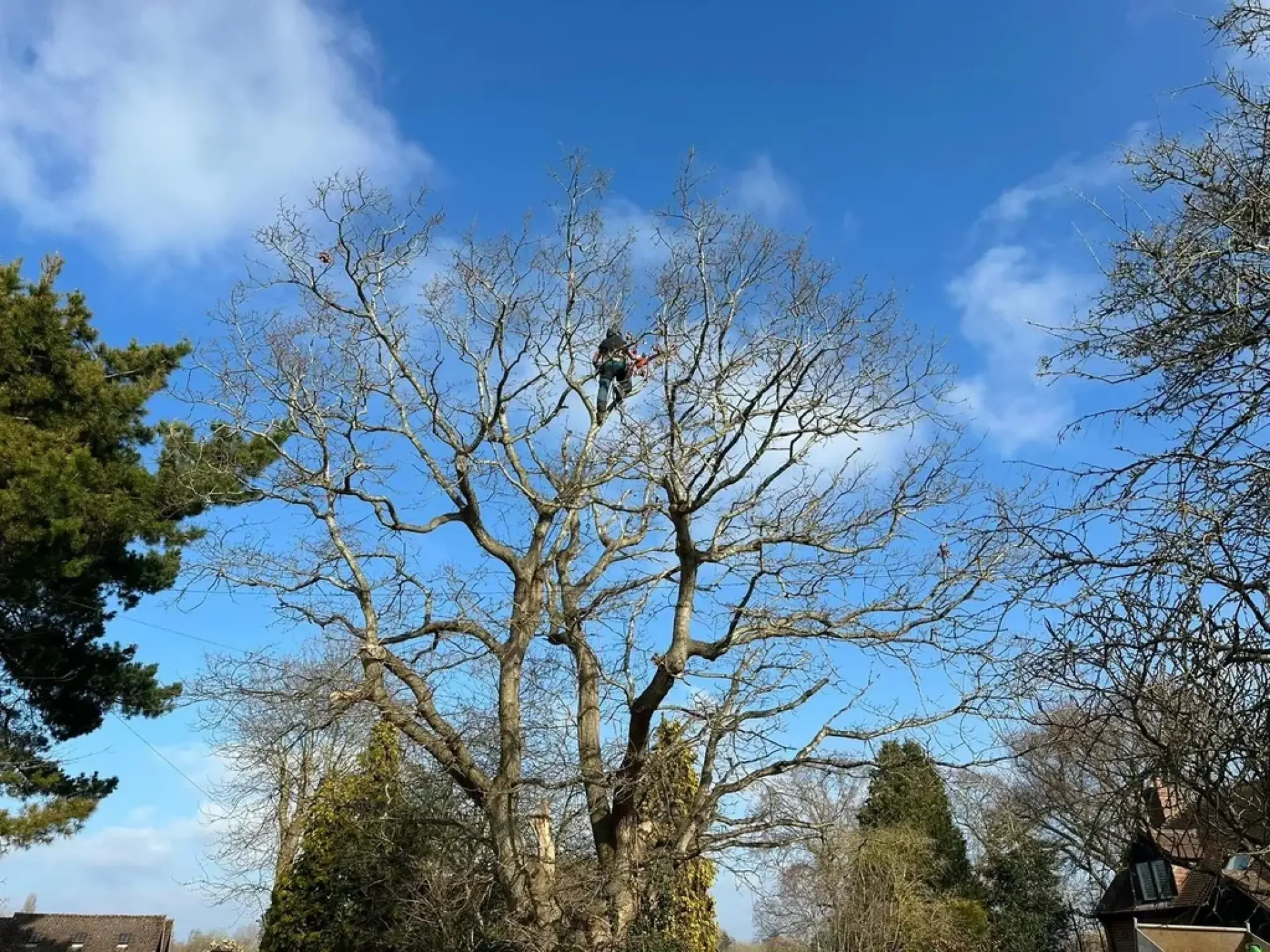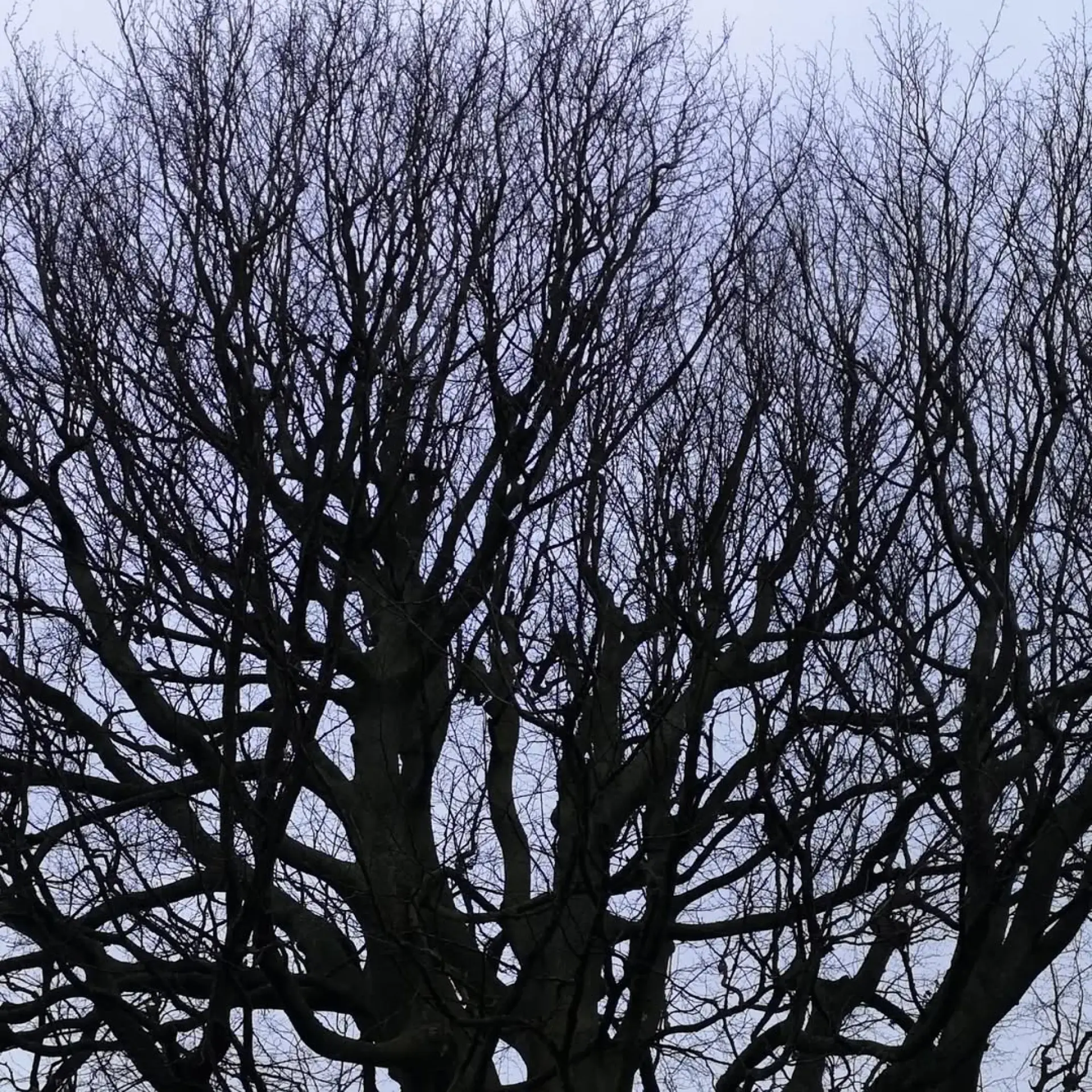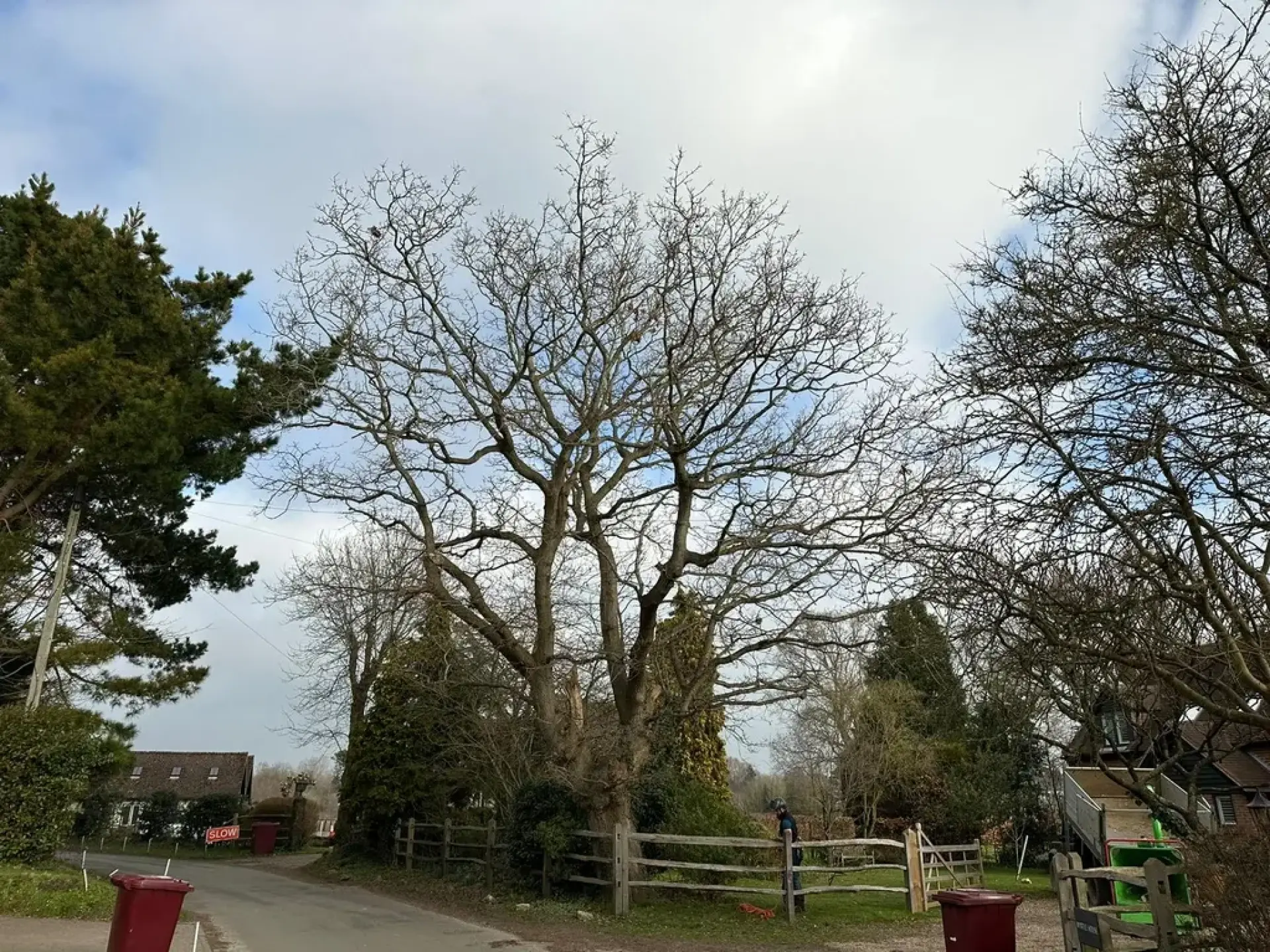Are you asking: Do I Need Permission to Remove a Tree? Find out when permission is required for tree removal in the UK and ensure legal compliance with expert guidance.
When You Need Permission
In the UK, tree removal isn't always a straightforward process. Depending on the location, species, and condition of the tree, you may be legally required to obtain permission before carrying out any work.
Tree Preservation Orders (TPOs) are legal protections set by local authorities to preserve trees or woodlands with significant value. If a tree is subject to a TPO, it's a legal requirement to gain written consent from the local council before undertaking any work.
Trees in conservation areas are given additional protection to preserve the area's historic or aesthetic character. If a tree has a trunk diameter of more than 75mm, you need to give the local authority six weeks' notice before carrying out any work. This gives the council time to decide whether they want to place a TPO on the tree.
However, permission isn't typically required if the tree is dead, dangerous, or poses a direct risk to people or property. It’s best to gather evidence, such as photographs or a report from a certified arborist before proceeding in case the local authority has any questions.
Trees on rented or communal property may also need permission from landlords or management companies. In some cases, removing trees may be restricted by planning conditions related to new developments or property alterations.
It’s always best to contact your local planning authority before undertaking any tree work since they can confirm whether the tree is protected and guide you through the application process if necessary.
Trees on Private Property
While trees on private property may seem like the sole responsibility of the landowner, there are several legal protections in the UK that can limit what you can do, even on your own land. Removing trees without the proper permission can result in legal penalties, especially if the tree is protected or is in a conservation area.
One of the main reasons you might need permission to remove a tree on private land is a Tree Preservation Order (TPO). TPOs are issued by local planning authorities to protect trees that have environmental, historical, or visual value to the local area. If a tree on your property is protected by a TPO, you are legally required to gain written consent from your local council before undertaking any work.
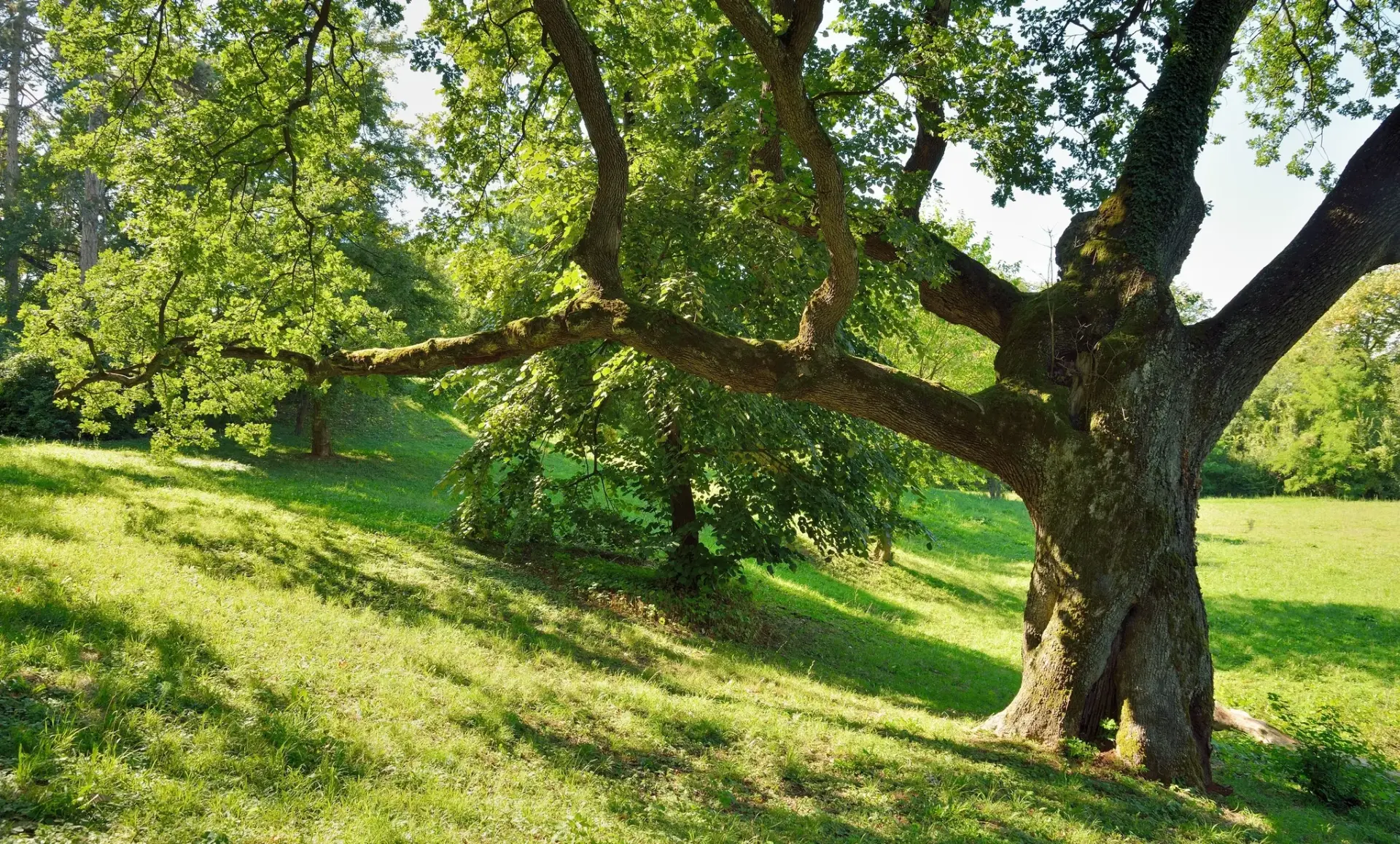
Even if a tree isn't protected by a TPO, the planning conditions attached to your property may include clauses that protect certain trees.
You may also need to obtain permission if the tree is near shared boundaries, communal areas, or protected wildlife habitats. In these cases, tree work can impact neighbouring properties or biodiversity and must comply with local environmental regulations. For this reason, it's best to consult your local planning authority and ensure that any tree removal is lawful and properly managed.
Trees in Conservation Areas
In the UK, conservation areas are designated by local authorities to preserve the architectural or historic interest of a particular area. These zones are intended to protect buildings, landscapes and natural features such as trees. As a result, additional regulations apply to tree work within these areas, even on private land.
One of the reasons you need permission to remove a tree in a conservation area is to ensure that the removal doesn’t negatively impact the overall aesthetic or ecological value of the space. Trees often play a crucial role in shaping the visual character of a conservation area, and removing one without permission could create gaps in tree lines or disturb wildlife habitats.
If you want to fell, prune or cut a tree within a conservation area, you are legally required to give the local planning authority written notice six weeks in advance. This notice period allows the council to assess the importance of the tree and, if necessary, issue a Tree Preservation Order (TPO) to provide long-term protection.
Understanding Tree Protection Orders (TPOs)
Tree Preservation Orders (TPOs) are used by local planning authorities in the UK to protect trees that have significant public value. These legal orders are typically placed on individual trees, groups of trees, or woodlands that contribute to the visual appeal, biodiversity, or character of an area.
It's a criminal offence to fell, prune, uproot or damage a tree under A Tree Preservation Order (TPO) without written consent from the local council. This applies to both tree removal and maintenance services. Before carrying out any work, property owners or tree surgeons must submit a detailed application to the local authority outlining the type of work they propose to conduct and the reasons for it.
The council will then assess the application based on the tree’s health, condition, and importance to the surrounding area. If the proposed work is deemed necessary and unlikely to harm the tree’s long-term value, permission may be granted, though it often comes with specific conditions attached.
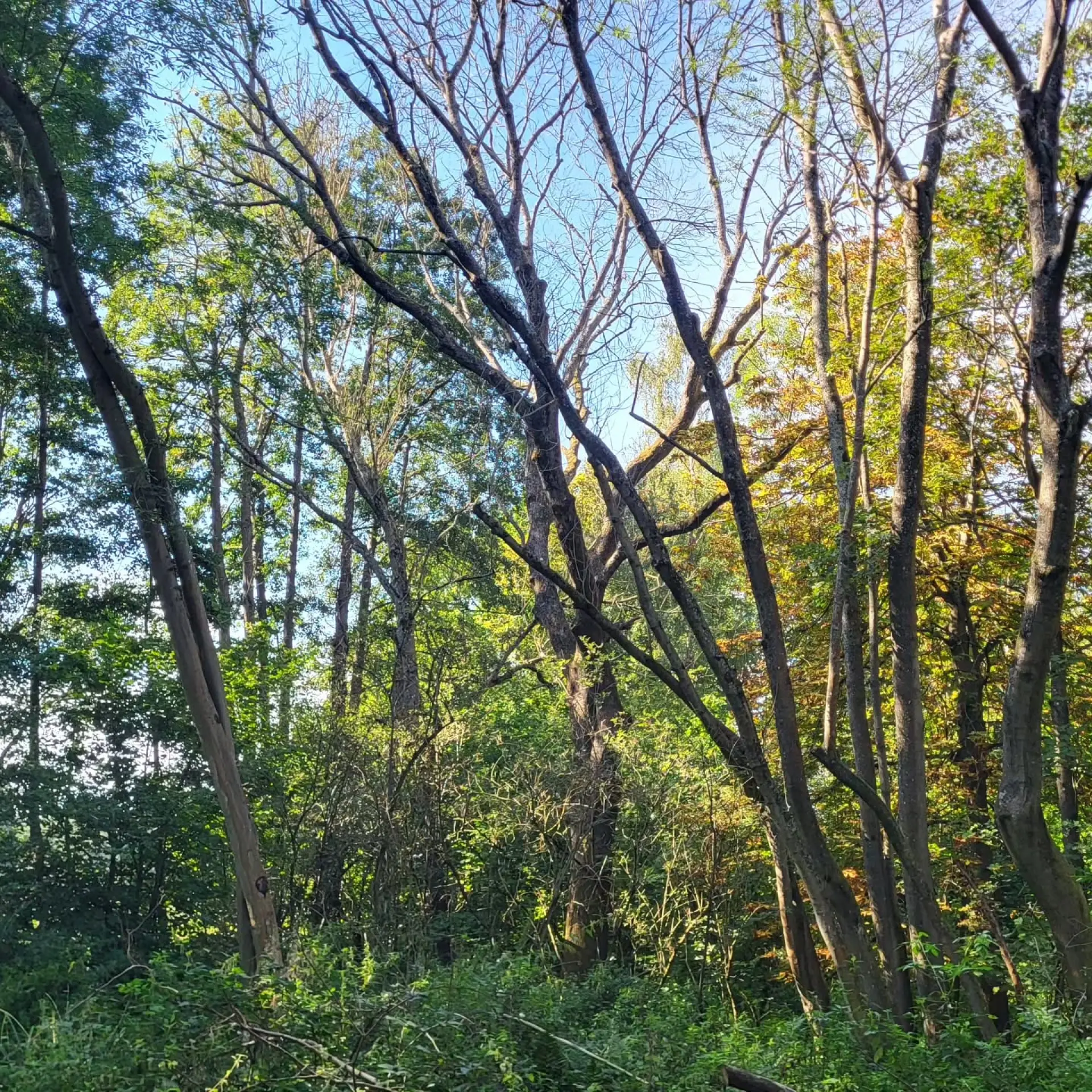
TPOs can also be applied in towns and cities, where trees play a vital role in improving the air quality, reducing noise pollution, and enhancing the local landscape. Even if a tree is on private property, a TPO restricts what the landowner can do.
However, certain exceptions exist, particularly when a tree presents an immediate risk to people or property. In these situations, urgent action may be permitted, but it typically requires clear evidence to justify the work.
In summary, Tree Preservation Orders are designed to ensure that valuable trees aren't lost or damaged without consideration. For anyone involved in tree surgery, it's crucial to check for TPOs and follow the correct procedures.
Redrock Tree Care provides expert tree removal services for residential and commercial properties across Alton, Hindhead, Farnham and Hampshire. Our certified team can handle hazardous, dead, or damaged trees safely, using advanced equipment and techniques.


